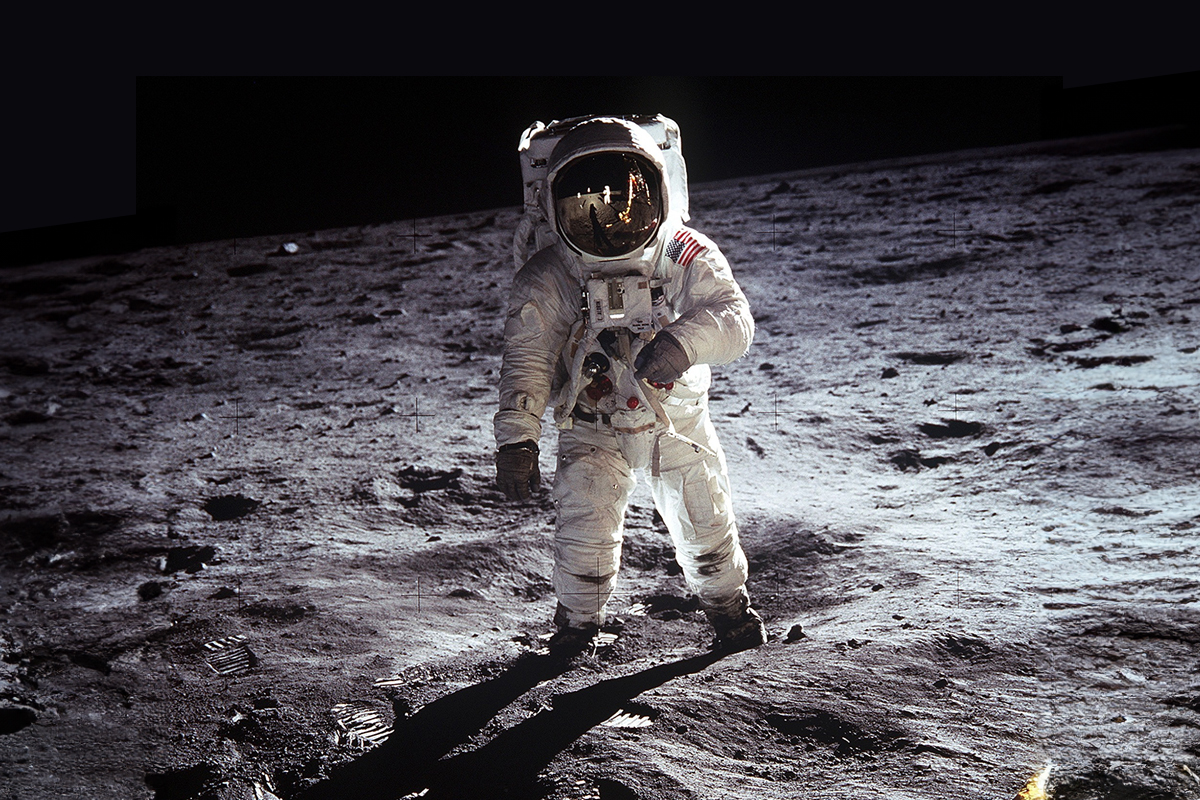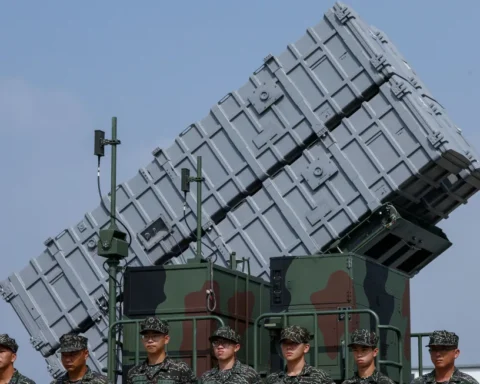NASA’s ambitious Artemis program, designed to herald a new era of lunar exploration, has encountered significant hurdles, prompting a delay in its timeline. The Artemis III mission, a cornerstone of the program to return astronauts to the moon, has been rescheduled for no earlier than September 2026. This postponement, announced at a recent news conference, marks a pivotal shift in NASA’s plans amidst a global resurgence in lunar exploration interests.
NASA officials highlighted several key factors contributing to this delay. A primary concern is the development of SpaceX’s Starship, a critical component for transporting astronauts to the lunar surface. Despite its promise, Starship’s journey has been fraught with setbacks, including two test flight explosions in 2023. As Jessica Jensen, SpaceX’s vice president, notes, the road ahead involves significant challenges in refining the lunar lander and mastering the complex propellant transfer required for moon missions.
NASA Associate Administrator Jim Free emphasized the need for a pragmatic approach, citing both Starship’s progress and the intricate logistics of propellant transfer and multiple landings as pivotal factors. Concurrently, the engineering of specialized moon spacesuits has also experienced delays, further complicating the mission’s timeline.
The Artemis II mission, a precursor to the moon landing, has been rescheduled for September 2025 due to issues with the Orion crew capsule. This includes concerns Amit Kshatriya, deputy associate administrator, raised regarding the capsule’s heat shield performance and life support systems.
Despite these challenges, NASA remains committed to its long-term vision, including the Artemis IV mission 2028, which aims to send astronauts to the planned Gateway space station orbiting the moon. This recalibration in the Artemis program’s schedule reflects a broader realignment in NASA’s strategic objectives for human space exploration.
Simultaneously, international competition in lunar exploration is intensifying. China, a key player, has demonstrated its capabilities through a series of successful uncrewed lunar missions and harbours ambitions to land astronauts on the moon by the decade’s end. However, NASA Administrator Bill Nelson expressed confidence in NASA’s leadership in this new space race, downplaying concerns over China potentially landing on the moon before the United States.
In another setback, NASA’s CLPS program, which partners with private companies for lunar landings, suffered a blow with the failure of the Astrobotic Peregrine lander. This incident underscores the complexities and uncertainties inherent in space exploration.
The Artemis program’s delay is a reminder of the immense challenges involved in space exploration. While these setbacks may alter timelines, they provide invaluable lessons and insights. As NASA and its partners, including SpaceX, navigate these challenges, the goal of establishing a sustainable human presence on the moon remains steadfast. This journey, marked by perseverance and innovation, continues to inspire and drive forward humanity’s quest for the stars.







